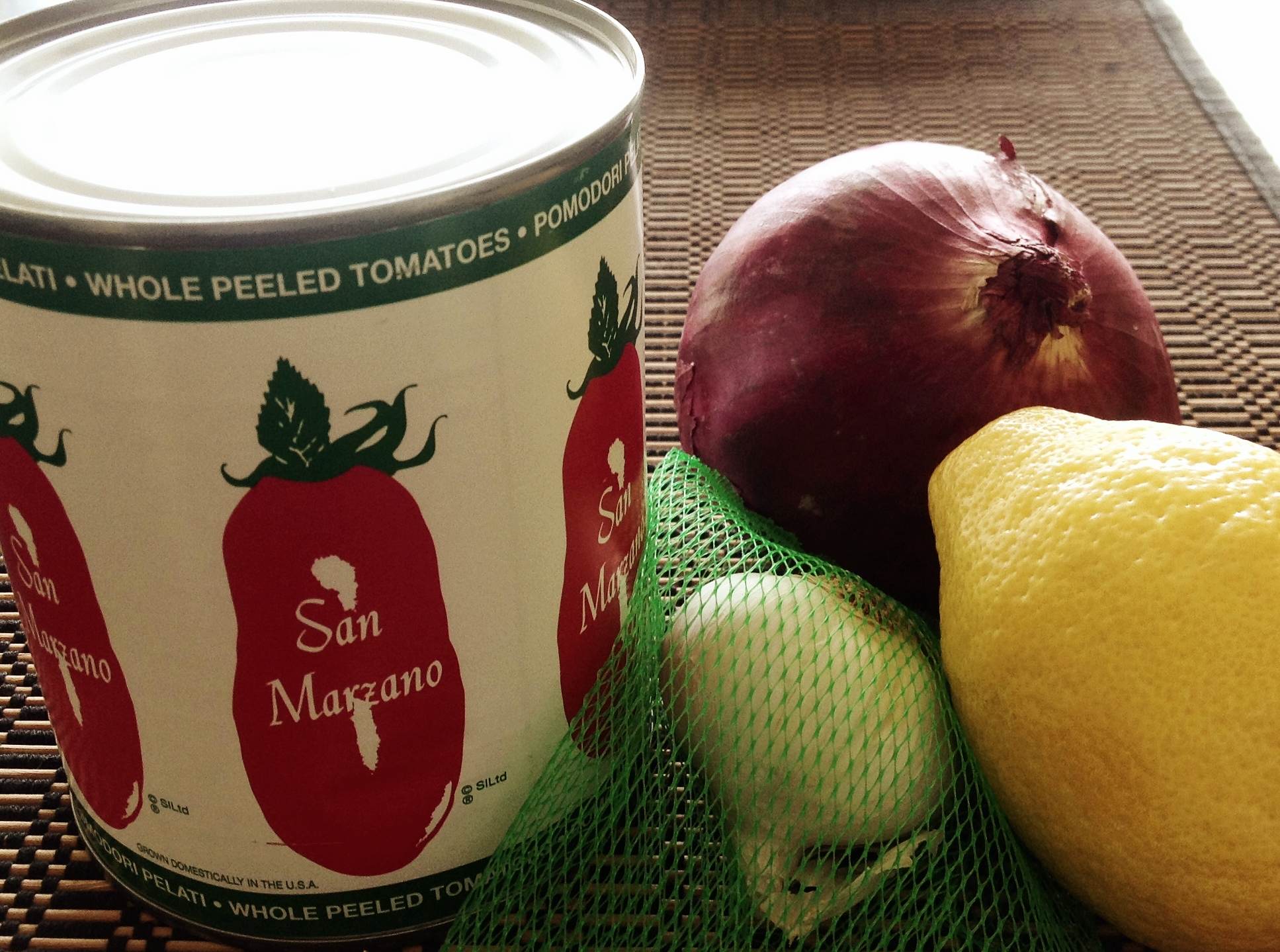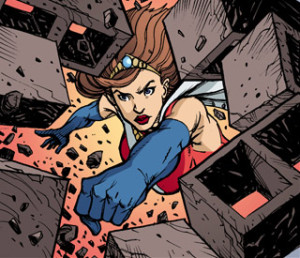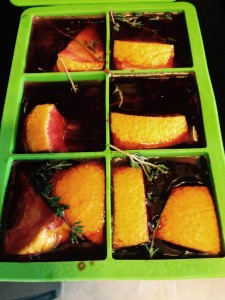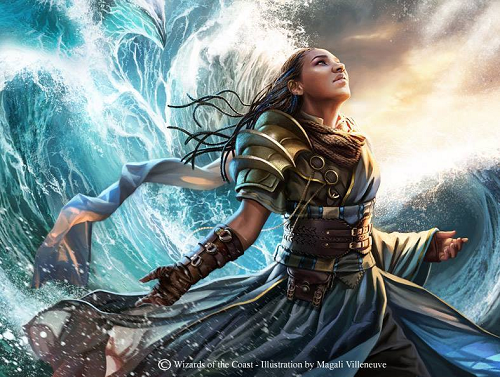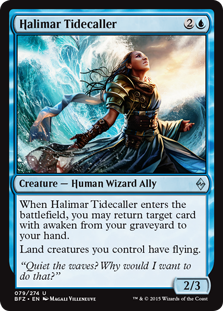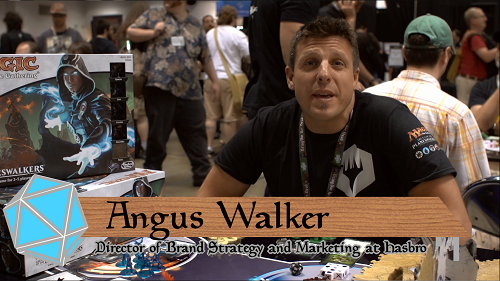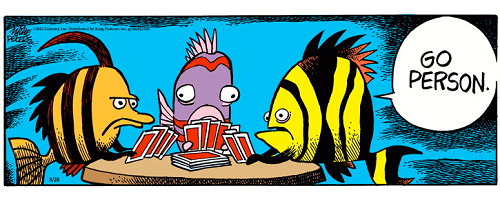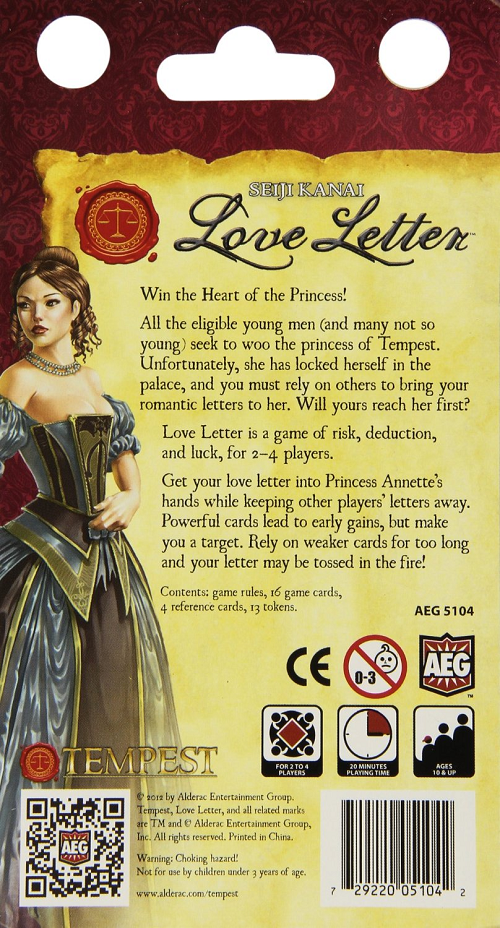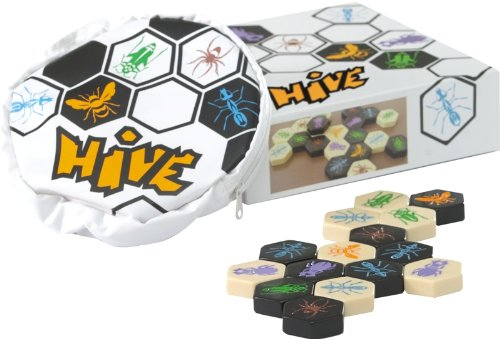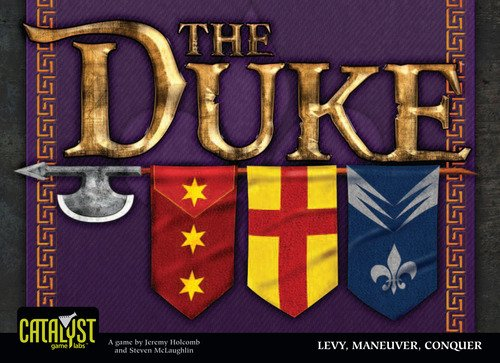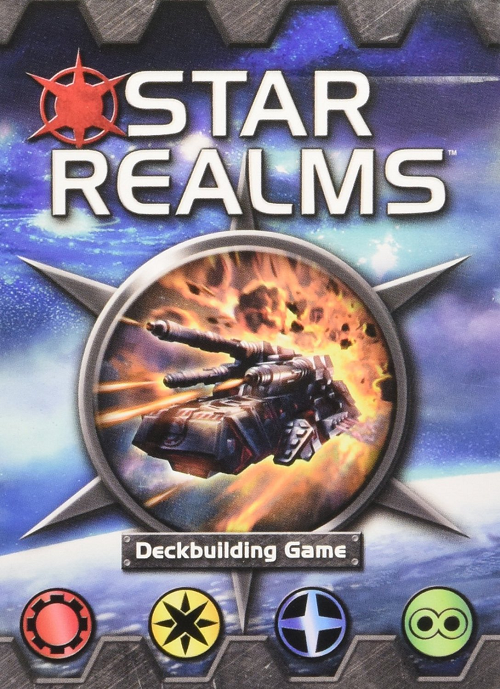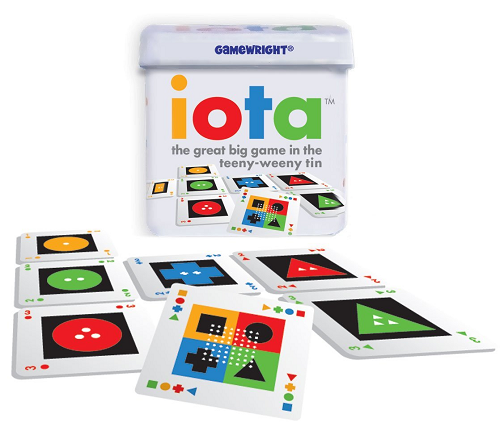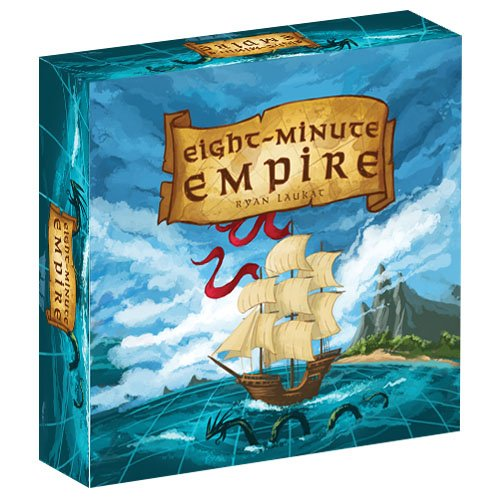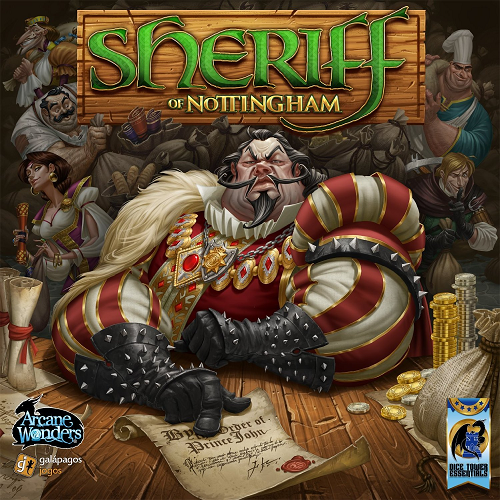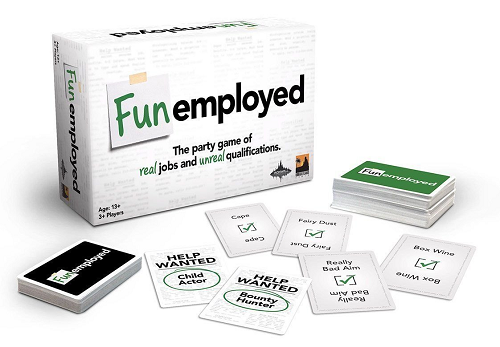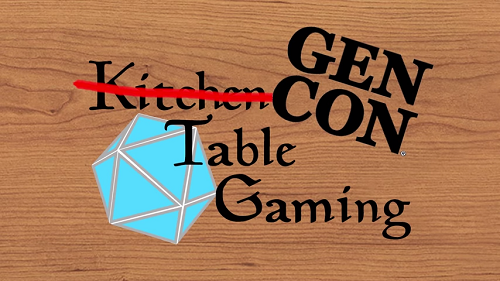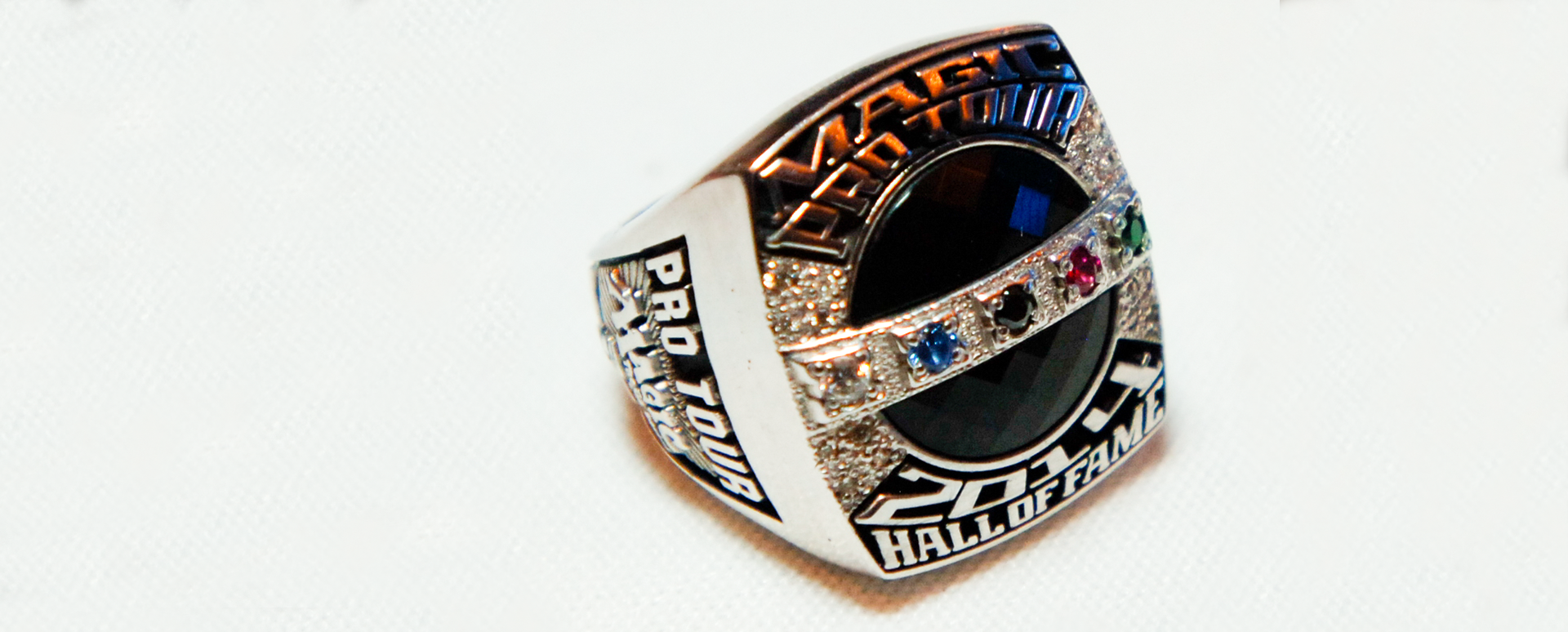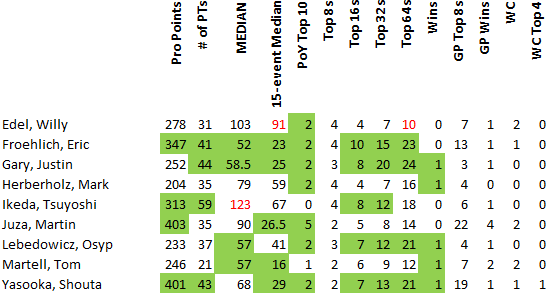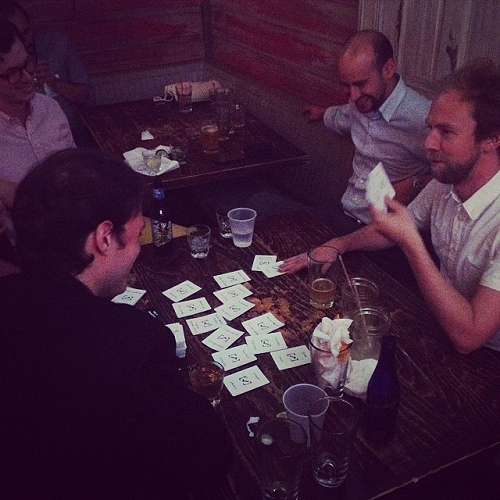
Posted by Fetchland Editor |
Emergents: Genesis,
Games
Hi there! My name’s Anthony, and I’m a game designer.
Well, actually, that’s not the whole story. I’m a lot of things: a husband, a tutor, a gamer, a business owner, a dog lover, a Sagittarius, a human being, a mammal, and many more–including a new writer for this lovely site! But for the purposes of my articles, let’s just stick with game designer.
Brian (bdm) asked me to write about a topic near and dear to my heart: games. I love games. I’ve been playing games since I was old enough to walk. One of the greatest gifts I’ve ever received from my parents was an abandoned Game Gear left in my mother’s office at school when I was five years old. My bookshelves are bending under the weight of all my board games. I have such a large backlog of digital games that if I retired now and spent forty hours a week playing them to completion, I’d probably die before I finished.
This love of games caused me to be a bit – ahem – impulsive as I dove head-first into making them without any sort of plan or structure. To be honest, I’m still winging it. But I love it.
It all started with my friend, Josh, a writer. Four years ago, he casually mentioned he was making a game because of his love of science fiction. “You can DO that?!?!?” I proclaimed, astonished at the idea that anyone could just make a game, without any sort of plan, experience or company behind them. But it made sense. To design something, all you have to do is create it, and if it’s good enough, the rest will fall into place, right?
I wanted in, so I joined him. We had our fun, but it didn’t work out, so we went our separate ways. Josh kept writing, and I decided to pursue games further. That pursuit led me into a deep, secret underground of game designers, reporters, and enthusiasts that lived right under my nose in New York City. There are meetups every month, week, day even, where people who love games, for whatever reason, congregate and play. I’ve been to mini playtesting sessions with well-established professors and designers, bars where gamers meet consistently every week, and even obscure, loud, and crowded warehouses where I played games that were still in their early stages of existence. Being a part of this community felt like the Kickstarter mentality of helping creators bring their projects to life, except there was more interaction, less expectation, and a more personal connection. It was addicting–a network of individuals who shared my same passions, all manifesting in different ways. I went to every event I could, soaking it all in, trying to retain anything and everything that I came in contact with. I went to classes. I heard designers speak about their experiences. I went to expos where hundreds of people came to play games created by people who just wanted to make games. These people weren’t a part of any company or program, yet they had fully functional, enjoyable games right in front of my face.
But here I was, this kid, this child, this pretender. I didn’t have a degree. I didn’t have work experience. I hadn’t even designed, let alone produced or released a game before! Yet I was a part of this social circle, this community, propelled forward by one, singular drive: the desire to make games. That’s all I wanted; to express myself through my love of games by creating the games I wanted to play. The games I needed to exist. That desire kept pushing me further, pushing me to be better, transforming me into what I had always wanted to be: a game designer.
Influenced by my experiences and interactions with this community, I came up with a game with my girlfriend. It was a simple, little game I didn’t expect to go very far. It had a sardonic feel to it, a theme that was self-deprecating, and it caused its players to act out in silly voices, claim outrageous things, and overall act like a bunch of goofballs. Yet it was fun. It was really fun. And as I kept showing it to people, more and more of them wanted to play. And keep playing. In fact, it became increasingly rare that I would find someone who didn’t like the game.
People started to support me in surprising ways. My girlfriend became my greatest business partner. My best friends started to help playtest and design with me. We developed relationships with other companies. We travelled together, to faraway places, just to play the game. I never would have succeeded in any capacity without their help.
I gave the game a catchy name: ‘Funemployed’. I did a small print run to legitimize it further. I found a publisher. I started a company. I ran a Kickstarter. I went to a convention, and we sold out of stock three times during that weekend. I did a cooking show. I asked my girlfriend to marry me, using the game as my proposal. I found a new publisher. I did a second Kickstarter. I got the game to Amazon. I made an expansion. On and on, each experience built on the next, like a stack of legos forming a giant skyscraper (at least, I hope they’re legos–someone save me if they’re Jenga pieces instead).
While Funemployed went through its transformation, I made more games. Brian and I, with the help of a lot of other people, made a card game. I worked on prototypes for new experiences. I consulted with companies about design. I went to more conventions. On and on, the wheel turned, with nothing driving me forward except that one, singular desire–to create. I didn’t have an MBA that told me how to run a business. I didn’t have a design degree grounded in ‘the meaning of play.’ I didn’t have a network of individuals I could lean on when I started. All I had when I began this journey, the one thing that I can truly attribute to the distance I’ve travelled, is that singular desire, gnawing at my soul, whispering in the back of my head, ever since I held that Game Gear in my hands: you must make games.
I can’t control that voice, that side of me–it owns me. I can’t silence it, I can’t turn it off. It wants to talk. It wants to engage in the conversation of play. It drives me to read textbooks about game design. It drags me to hidden clubs to play local multiplayer games. It wakes me up at 3AM, demanding my attention. It’s loud, it’s obnoxious, and if I let it out, it won’t stop talking. Ever.
That voice will keep going forever–I feel it all the time. But I’ll stop here. For now. I talk about games a lot. When I’m not talking about them, I’m thinking about them. When I’m not thinking about them, I’m playing them. When I’m not playing them, I’m teaching them. Games are a part of my life.
If you ever want to talk to me about games, I’m–well–game! I’m right here on Fetchland. I’m on Twitter. I might even be at a convention. Feel free to say hi, shoot me a tweet, or leave a comment. I’m not going anywhere anytime soon. I’m a game designer, and I’m in the business of doing what I love: making games.
-Anthony Conta
